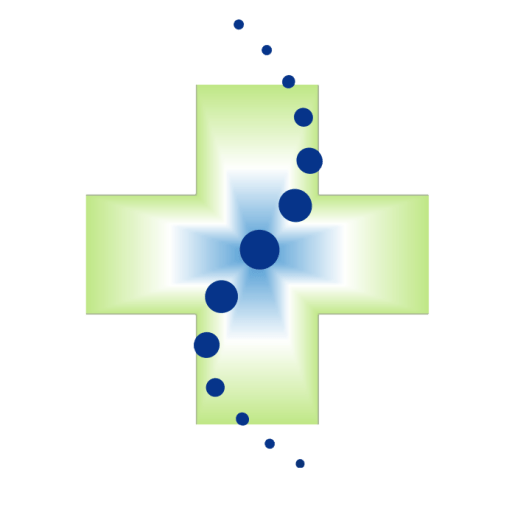Treatments

Radio-Frequency Treatments
Radio-Frequency Treatments
This is a method of using medium or higher alternating current frequencies to affect nerve function and, therefore, be used to detect, diagnose and treat nerve pain.

Radio-Frequency Denervation (Ablation)
Radio-Frequency Denervation (Ablation)
This is a method for identifying and then heating specific nerves, causing pain in the spine or major joints.

Pulsed Radio-Frequency Desensitisation
Pulsed Radio-Frequency Desensitisation
This is a non-destructive method of treating nerve pain from spinal or peripheral nerves.

Injection Treatments
Injection Treatments
These are usually carried out under some form of image guidance, either ultrasound or x-ray guided and occasionally under CT.

Facet Joint Blocks
Facet Joint Blocks
Facet joint pain is one of the most common causes of neck and back pain. This condition can be diagnosed and treated by injections in selective cases.

Nerve Root Injections / Epidural Blocks
Nerve Root Injections / Epidural Blocks
These are used to diagnose and treat pain that radiates down your arm or leg and is often caused by a narrowing in the spine (spinal stenosis).

Sacroiliac Joint Injections
Sacroiliac Joint Injections
These joints are at the back part of the pelvis and are implicated in very low back pain. They respond well to steroid injections to facilitate rehabilitation but are also amenable to radio-frequency denervation.

Nerve and Joint Injections
Nerve and Joint Injections
These are used to detect and treat pain from nerves and joints outside the spine, often associated with headaches, pelvic and groin pain, or pain in the major joints.

Muscle Injections
Muscle Injections
Muscle pain can contribute to low back, buttock and leg pain with piriformis syndrome, paravertebral muscles for low back pain and trapezius muscle for neck and shoulder pain.

Lidocaine Infusion
Lidocaine Infusion
This is carried out as an intravenous infusion for a minimum of one hour. The aim of the treatment is to desensitise nerves that cannot be treated locally by injection.

Botox Therapy
Botox Therapy
This is used to treat persistent pain from muscle spasm or for prevention and treatment of migraine and will usually often provide several months of relief.
